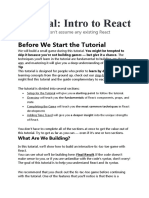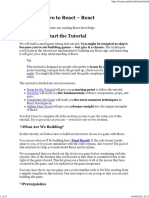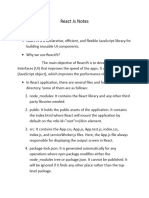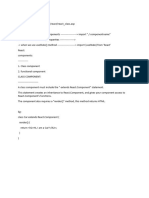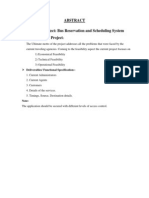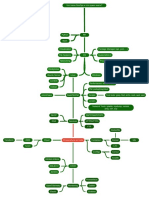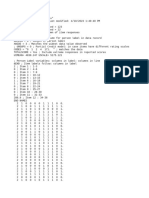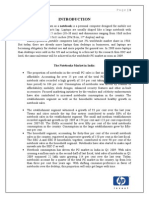0% found this document useful (0 votes)
66 views35 pagesReact Props and State
This document outlines the learning objectives for understanding React props and state, including how to set and update state in both class and functional components. It provides practical exercises for creating a React project, implementing props, and using lifecycle methods and hooks. The document emphasizes the differences between props and state, as well as the advantages of using React hooks for state management.
Uploaded by
carolina.e.kleinCopyright
© © All Rights Reserved
We take content rights seriously. If you suspect this is your content, claim it here.
Available Formats
Download as PPTX, PDF, TXT or read online on Scribd
0% found this document useful (0 votes)
66 views35 pagesReact Props and State
This document outlines the learning objectives for understanding React props and state, including how to set and update state in both class and functional components. It provides practical exercises for creating a React project, implementing props, and using lifecycle methods and hooks. The document emphasizes the differences between props and state, as well as the advantages of using React hooks for state management.
Uploaded by
carolina.e.kleinCopyright
© © All Rights Reserved
We take content rights seriously. If you suspect this is your content, claim it here.
Available Formats
Download as PPTX, PDF, TXT or read online on Scribd
/ 35
















